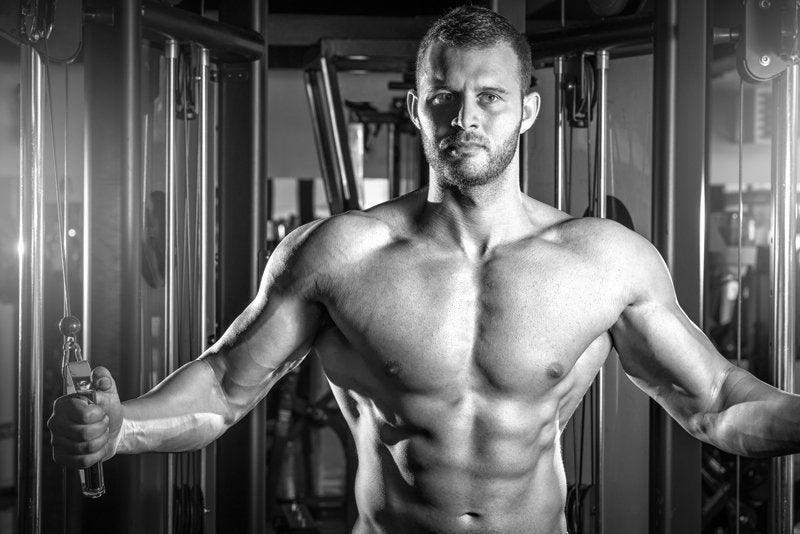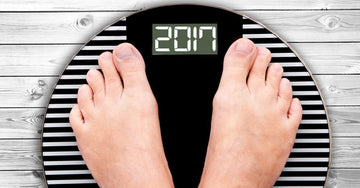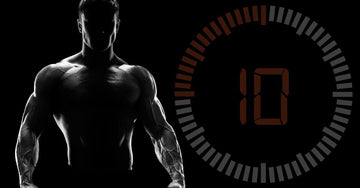

Book-end Your Workouts with Cable Exercises
Table of Contents
Cable Exercises: I’ll be the first guy in line to make the case that no workout is complete without free weights. As a matter of fact, after I make my case, I’ll go back into line so I can make my case a second time. Nothing beats using barbells and dumbbells when it comes to building muscle. However, I also feel that an athlete should put himself of herself in the best position to maximize his or her ability to train with free weights. Part of that is preparing the working muscles when you begin the workout and another part includes finishing off your session by being able to pump as much blood into the area as you can. This is why I also feel that no workout is complete without cable work.
By Roger Lockridge
Advantages of Cable Exercises
Safer – Unlike free weights, which allow you to control how the weight travels, cables work on a pulley system so the path of travel is fixed. This means that if you’re warming up you can lift safely while you prepare for the work sets of your training. This also means that when you’re tired at the end of the workout, you can use that fixed movement to help you finish off that workout while minimizing the chances of injury.
Isolation – With cables, you can focus specifically on the muscle group you’re working without the interference or incorporation of other areas. If you’re working chest, then cable crossovers would be a perfect choice to begin your workout. If today is back day and you want to improve your lats, then the best bet would be pulldowns.
Change the Handles – As great as free weights are, the fact remains you’re only holding the bar or dumbbell by its dedicated handles. Another advantage of cable exercises is that you can change out the attachments so you’re working with the resistance with different grips. You can hold onto a single handle attachment to isolate one arm at a time. There are also straight and angled handles that you can use to work both at the same time. If you want more freedom to twist your wrists or get a deeper stretch by pulling the ends apart, there are rope handles for that. For legs, you can use ankle straps or cuffs.
Change the Angles – Most gyms nowadays have the adjustable pulley system that allows you to position them anywhere from high to low. This advantage gives you the opportunity to train from the best angle possible to train your muscles. Even if you’re in a gym that has the traditional two pulley system with one high and one low, you can still make the most of them by changing your position. You can work standing, seated, lying, or on your knees. You can also pull the weight to you with the cables in front of you or work with the stack behind you like you would for overhead extensions for triceps.
Rep Range
Whether you want to use cables to start or finish your workout, or both, these are exercises that you need to go super heavy with. There isn’t a cable crossover powerlifting competition so the goal shouldn’t be to work with the most weight. Resistance that allows you to get at least 8-12 reps would be a good choice. There are programs that ask for higher rep ranges like 20 or more which can benefit you as well.
Best Cable Exercises
These are some of the most popular cable exercises that are used with cables. Check out inifinitelabs.com and Muscle Media Magazine for more training features that involve cables for more ideas.
Chest – Cable Crossover, Low Cable Crossover, Cable Flyes on a Bench
Back – Wide Grip Pulldowns, Close Grip Pulldown, Seated Row
Shoulders – Single Arm Lateral Raise, Upright Row, High Rope Pull
Biceps – Standing Cable Curl, Rope Hammer Curl, Lying Cable Curl
Triceps – Rope Pressdown, Reverse Grip Straight Handle Pressdown, Overhead Extension
Abs – Rope Crunches, Standing Side Bends
Legs – Standing Leg Curl, Straight Leg Lift, Kickback

















